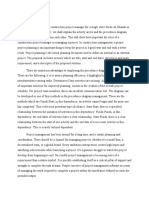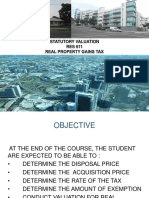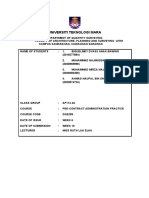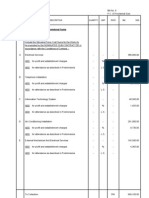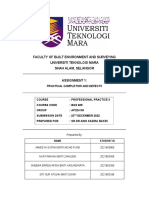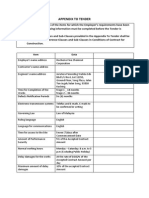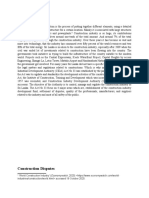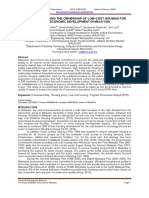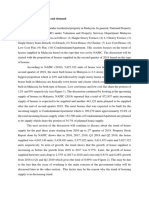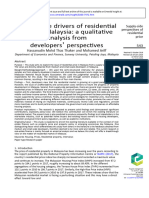0% found this document useful (0 votes)
399 views15 pagesDQS356 Assignment 1
The document discusses Malaysia's National Housing Policy (DRN 2018-2025). It provides background on the policy, including its goals of guiding the country's housing sector through systematic, quality and affordable development. The policy aims to address supply and demand imbalances and help low-income individuals purchase homes. It outlines the policy's short, mid, and long-term implementation periods from 2018-2025. Challenges like a mismatch between housing supply and demand in different locations are also examined.
Uploaded by
Danial AkmalCopyright
© © All Rights Reserved
We take content rights seriously. If you suspect this is your content, claim it here.
Available Formats
Download as DOCX, PDF, TXT or read online on Scribd
0% found this document useful (0 votes)
399 views15 pagesDQS356 Assignment 1
The document discusses Malaysia's National Housing Policy (DRN 2018-2025). It provides background on the policy, including its goals of guiding the country's housing sector through systematic, quality and affordable development. The policy aims to address supply and demand imbalances and help low-income individuals purchase homes. It outlines the policy's short, mid, and long-term implementation periods from 2018-2025. Challenges like a mismatch between housing supply and demand in different locations are also examined.
Uploaded by
Danial AkmalCopyright
© © All Rights Reserved
We take content rights seriously. If you suspect this is your content, claim it here.
Available Formats
Download as DOCX, PDF, TXT or read online on Scribd
/ 15








